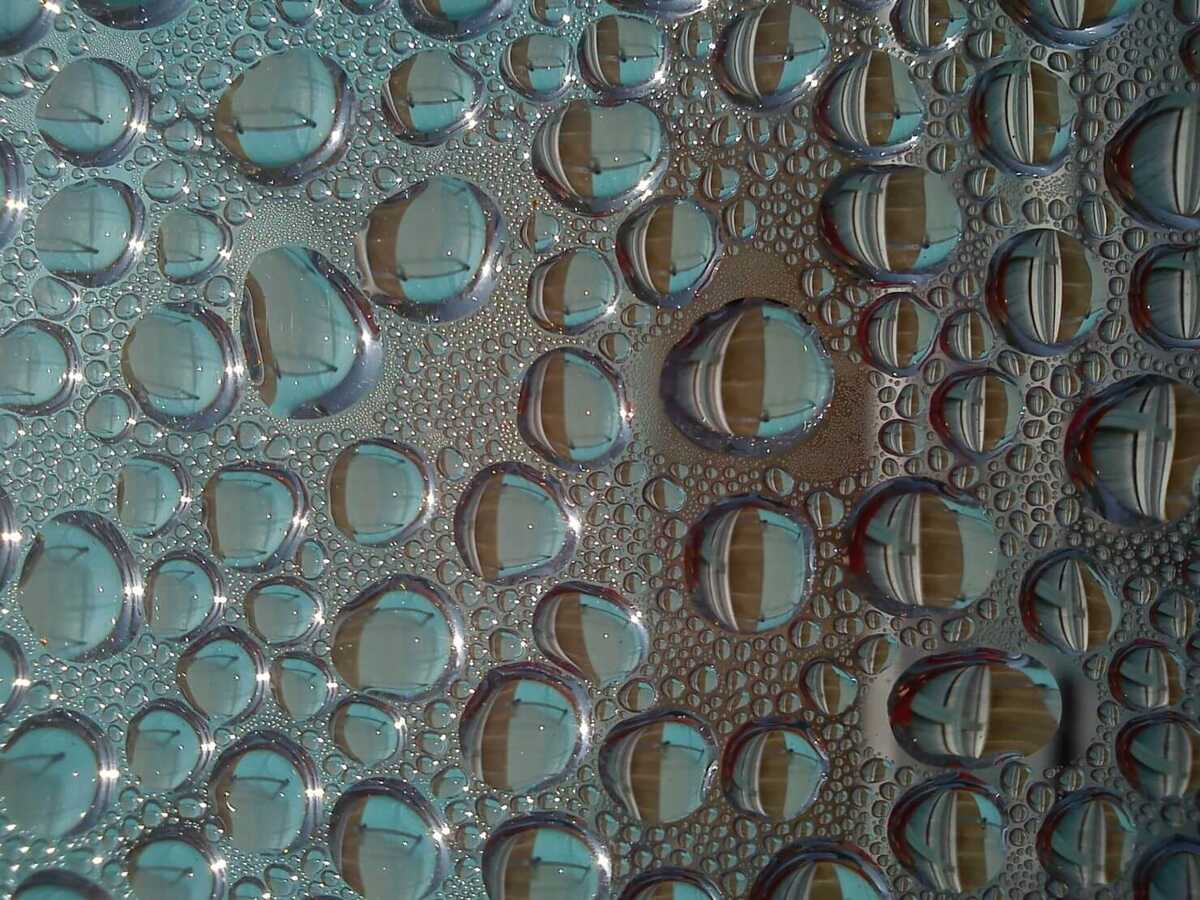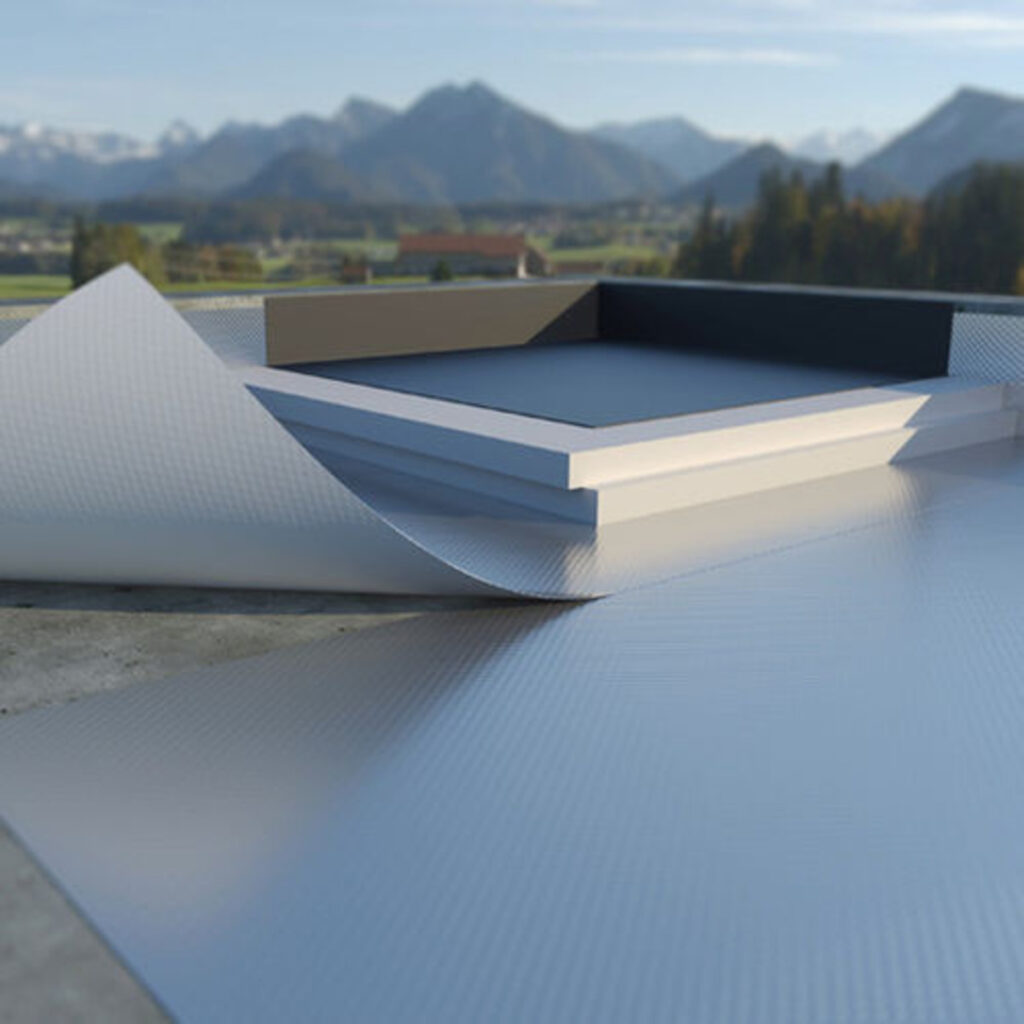
A vapour barrier is a material designed to prevent the movement of moisture-laden air from passing through the building envelope. It helps control condensation and moisture-related issues.
Using a high-quality vapour barrier in a roof build-up can offer several benefits that contribute to the overall performance, longevity and energy efficiency of a building.
Why a High Quality Vapour Barrier Matters
Here are some of the key benefits of using a high-quality vapour barrier in a roof build-up:
Moisture Control
One of the primary functions of a vapour barrier is to prevent moisture from entering or exiting the building envelope. Moisture infiltration can lead to issues like mould growth, rot and deterioration of building materials. A high-quality vapour barrier effectively controls the movement of water vapour thus reducing the risk of moisture-related problems.
Condensation Prevention
In our cool damp climate, warm indoor air can carry moisture that, when it comes into contact with colder surfaces within the roof assembly, can condense into liquid water. This can lead to structural damage and insulation performance degradation. A vapour barrier minimises the chances of condensation by blocking the movement of warm, moisture-laden air into the colder parts of the roof assembly.
Improved Energy Efficiency
Moisture infiltration can compromise the insulation’s thermal performance, causing it to become less effective at maintaining indoor temperatures. By preventing moisture from entering the insulation layer, a vapour barrier helps maintain the insulation’s R-value, resulting in improved energy efficiency and reduced heating and cooling costs.
Enhanced Durability
Moisture can weaken the structural integrity of building materials over time. With a vapour barrier in place, the risk of moisture-related deterioration, such as wood rot or corrosion of metal components, is significantly reduced. This contributes to the long-term durability of the roof assembly.
Air Quality and Health
Moisture infiltration can create a conducive environment for mould growth, which can lead to poor indoor air quality and potential health issues for occupants. A vapour barrier helps prevent the conditions that promote mould growth, maintaining a healthier indoor environment.

Prevention of Thermal Bridging
Some insulation materials can lose their thermal resistance when exposed to moisture. A vapour barrier protects insulation from becoming damp, preventing thermal bridging and ensuring consistent thermal performance across the roof assembly.
Protection of Roof Components
Moisture can damage roofing components like decking, timberwork, and even structural elements, leading to premature failure and increased maintenance costs. A vapour barrier shields these components from moisture-related damage, prolonging their lifespan.
Insurance against construction flaws
Even if the initial design of the roof assembly does not anticipate significant moisture infiltration, environmental factors and construction flaws can still lead to moisture-related issues. A vapour barrier acts as an “insurance policy” providing an additional layer of protection against unforeseen moisture problems.
Conclusion
When selecting a vapour barrier, it’s essential to consider factors such as the climate zone, the roof assembly’s design, the type of insulation used and the local building regulations. Using a high-quality vapour barrier that is compatible with the specific requirements of the roof build-up will help maximise the benefits outlined above and contribute to the overall performance and longevity of the building.
Got a Question? Ask Tecron
For more in-depth roofing insights, trust Tecron. Tecron’s Technical Team can aid in the design and delivery of the optimum roofing solutions for your upcoming roofing project. To get started, contact us at sales@tecron.ie, call us on +353-91-353545 or follow us on LinkedIn.
